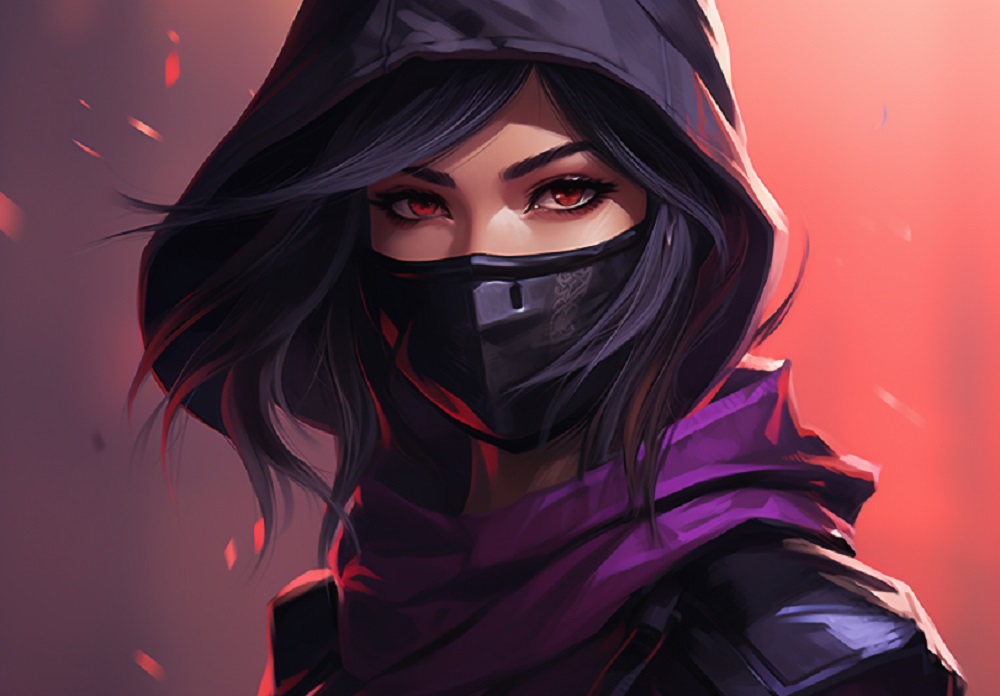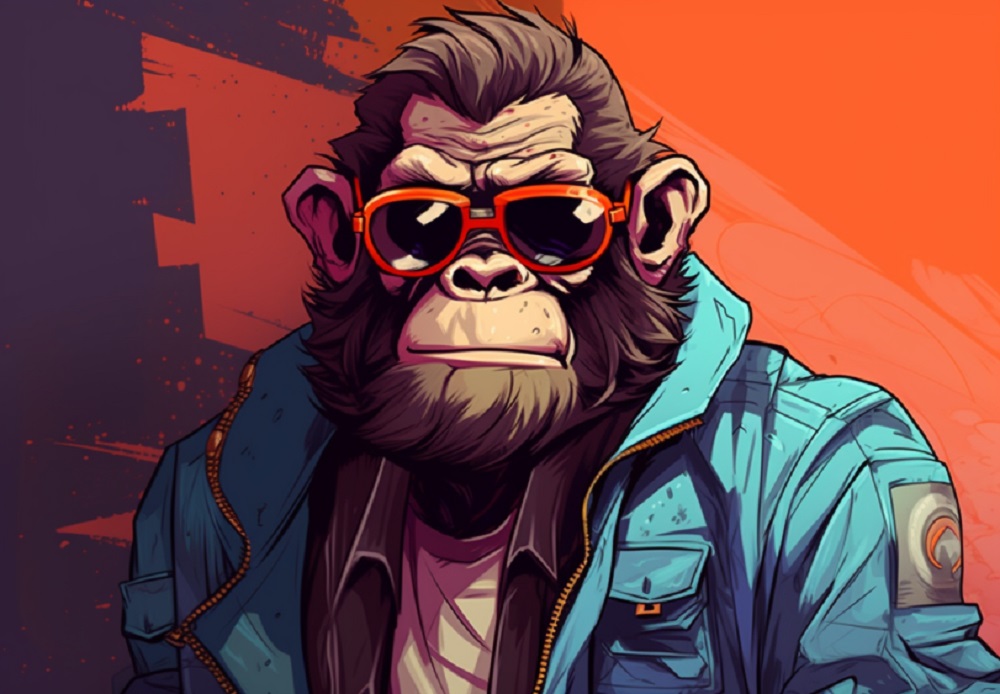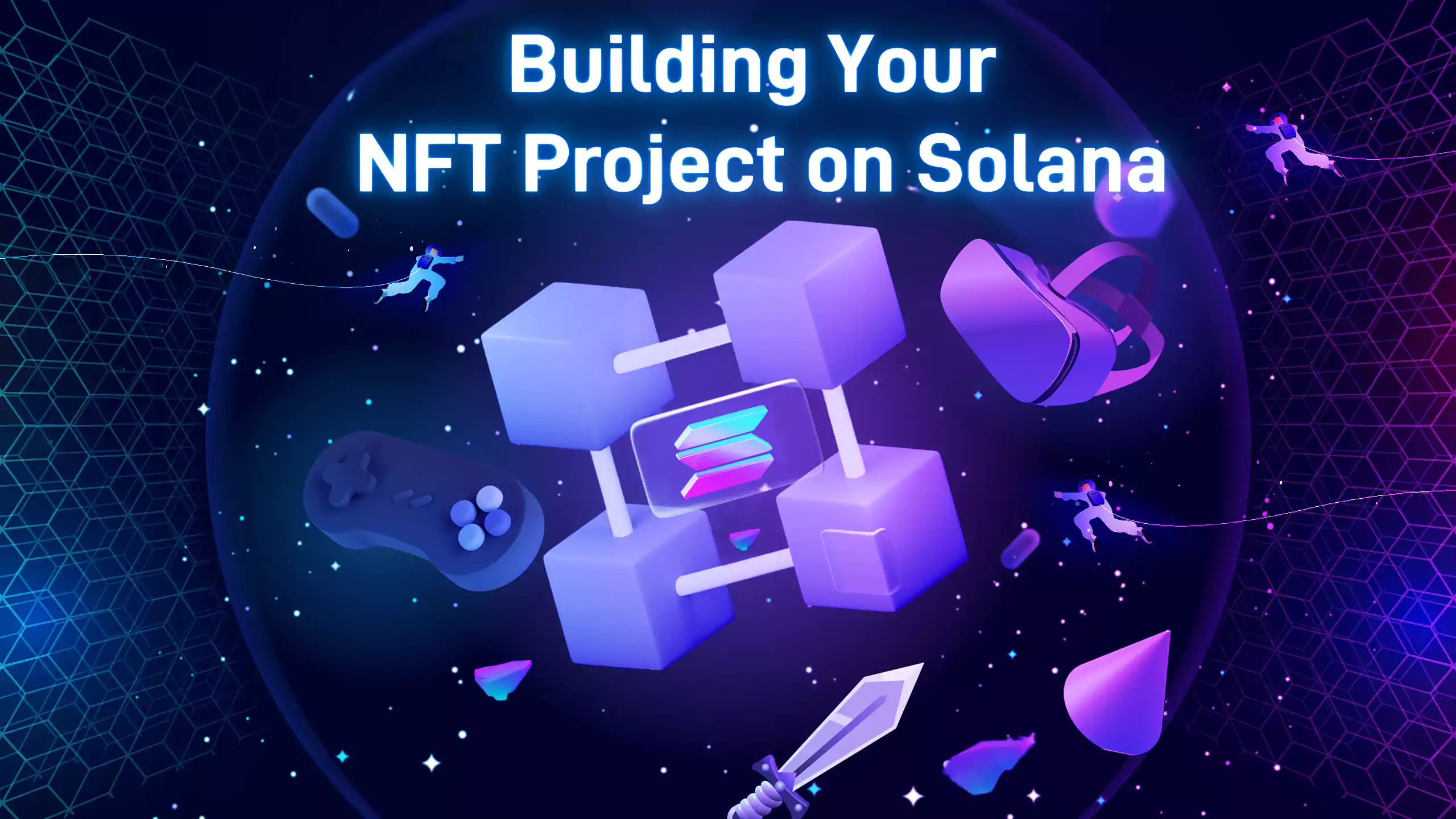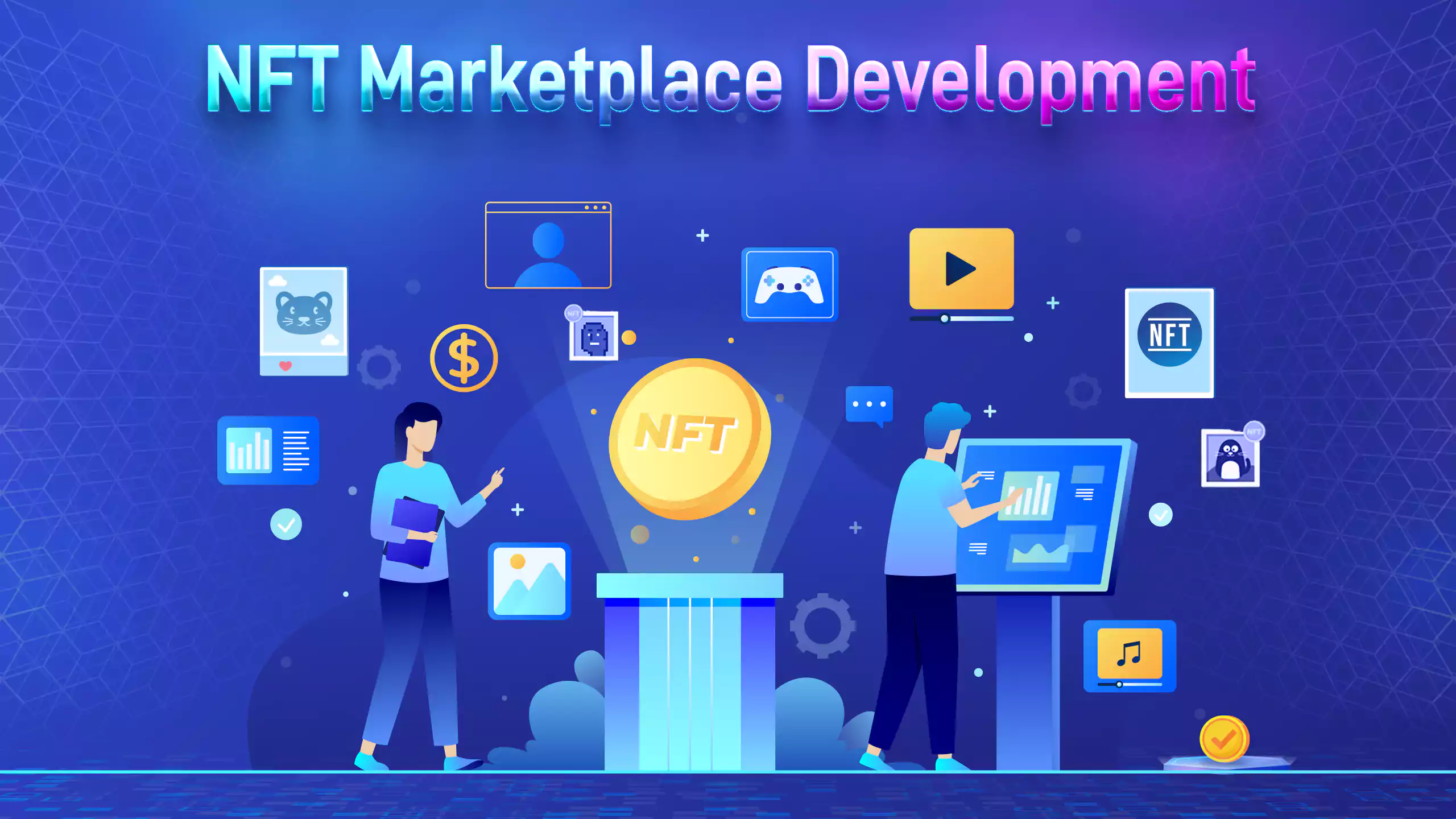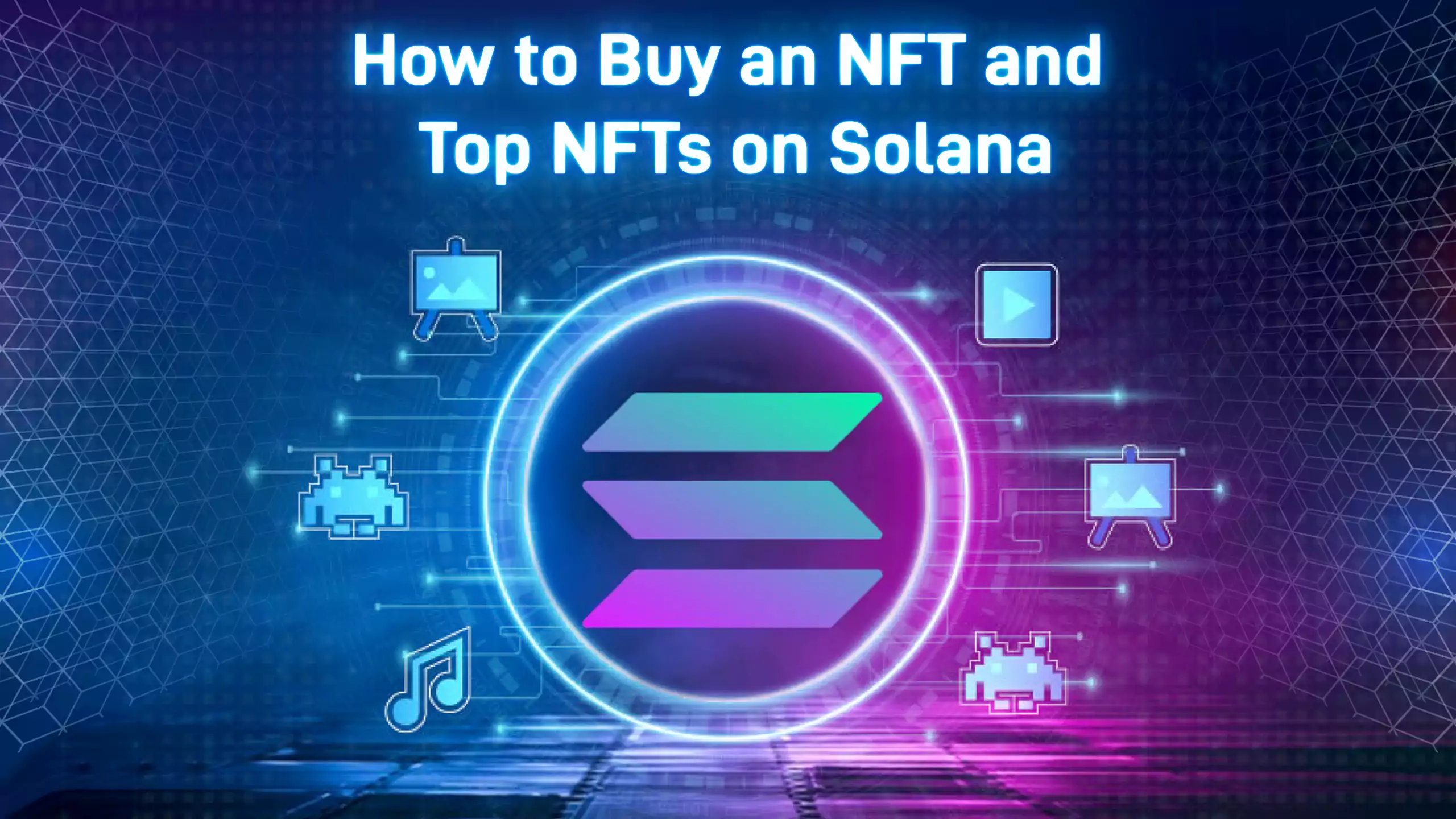Unlocking New Possibilities in Gaming Through NFTs
Introduction
The gaming industry has witnessed a revolutionary transformation with the advent of non-fungible tokens (NFTs). NFTs are unique digital assets that are stored on the blockchain, enabling players to own, trade, and monetize their in-game items and virtual possessions. This article explores the profound impact of NFTs on gaming, unlocking new possibilities for virtual economies and in-game assets. From decentralized marketplaces to player empowerment, NFTs have the potential to reshape the way we interact with games and virtual worlds.
1. Understanding NFTs
1.1 What are NFTs?
Non-fungible tokens (NFTs) are digital assets that represent ownership or proof of authenticity of a unique item or piece of content. Unlike cryptocurrencies such as Bitcoin or Ethereum, which are fungible and can be exchanged on a one-to-one basis, NFTs have distinct characteristics and individual value.
1.2 How NFTs Work
NFTs are created and stored on blockchain platforms, such as Ethereum, using smart contracts. Each NFT is assigned a unique identifier, ensuring its authenticity, scarcity, and ownership. The blockchain acts as a decentralized ledger, providing transparency and security for NFT transactions.
2. The Evolution of Virtual Economies
2.1 Traditional Virtual Economies
Traditional virtual economies in games often involved centralized control, limited ownership, and restricted monetization opportunities. Players had limited control over their in-game assets, and their value was confined within the game's ecosystem.
2.2 NFTs and Decentralized Virtual Economies
With NFTs, virtual economies become decentralized, allowing players to truly own their in-game assets. NFTs enable cross-platform compatibility and interoperability, creating a vibrant secondary market where players can buy, sell, and trade their virtual items freely.
3. Empowering Players through Ownership
3.1 True Ownership of In-Game Assets
NFTs grant players true ownership of their in-game assets. By representing these assets as unique tokens on the blockchain, players can prove their ownership, transfer them to other players, and retain their value even outside the game environment.
3.2 Player-driven Economies
NFTs empower players to actively participate in the economy of virtual worlds. Players can engage in trading, crafting, and acquiring rare items, contributing to the growth and dynamics of the virtual economy. The value of in-game assets can appreciate based on their scarcity, demand, and player-driven market trends.
4. Creating Scarce and Collectible Items
4.1 Limited Edition and Exclusive Items
NFTs enable the creation of limited edition and exclusive in-game items. Developers can release a finite number of unique NFTs, allowing players to own one-of-a-kind virtual possessions. This scarcity and exclusivity contribute to the desirability and value of these items.
4.2 Digital Collectibles and Virtual Fashion
NFTs have popularized the concept of digital collectibles and virtual fashion. Players can collect and showcase rare digital items, such as virtual trading cards, skins, wearables, and accessories, which hold value and can be traded among collectors.
5. Monetization Opportunities for Players
5.1 Earning Real-World Value
NFTs enable players to monetize their gaming skills and in-game assets. By selling or trading NFTs, players can convert their virtual possessions into real-world value, earning income from their gameplay activities.
5.2 Play-to-Earn Models
The play-to-earn model leverages NFTs to reward players for their time and effort invested in games. Through gameplay achievements, players can earn valuable NFTs, which can be sold or utilized to unlock additional in-game content, enhancing their gaming experience.
6. Collaborative Development and Player Communities
6.1 Community-Driven Content Creation
NFTs facilitate community-driven content creation within games. Players can create, customize, and sell their own in-game assets, contributing to the game's ecosystem and engaging with a vibrant community of creators.
6.2 Player Communities and Governance
NFTs can also enable player communities to participate in the governance and decision-making processes of virtual worlds. Through voting mechanisms tied to NFT ownership, players have a voice in shaping the development and direction of the game.
7. Ensuring Security and Authenticity
7.1 Verifiable Ownership and Scarcity
The transparent and immutable nature of blockchain technology ensures the verifiable ownership and scarcity of NFTs. This eliminates the risk of counterfeit or duplicated assets, providing assurance to players and collectors.
7.2 Anti-Fraud Measures and Smart Contracts
Smart contracts associated with NFTs can include built-in anti-fraud measures, such as royalty fees for creators and automatic verification of ownership. These features enhance the security and integrity of NFT transactions.
8. Intellectual Property and Licensing
8.1 Protecting Intellectual Property Rights
NFTs provide a new framework for protecting intellectual property rights in the gaming industry. Game developers can tokenize their creations, ensuring that their original content remains protected and traceable. NFTs also enable licensing opportunities, allowing developers to grant limited usage rights to their assets while maintaining control over their distribution.
8.2 Collaborations and Partnerships
NFTs open up avenues for collaborations and partnerships within the gaming ecosystem. Developers can collaborate with artists, musicians, and brands to create unique NFTs that enhance the gaming experience. These collaborations introduce new revenue streams and expand the reach of both the game and the partner entities.
9. Cross-Platform Compatibility
9.1 Breaking Platform Barriers
NFTs promote cross-platform compatibility, enabling players to use their assets across multiple games and platforms. This interoperability allows players to carry their NFTs from one game to another, enhancing their gaming experience and giving their virtual possessions greater value and utility.
9.2 Bridging Virtual Worlds
NFTs have the potential to bridge virtual worlds, creating interconnected ecosystems where assets can be utilized across different gaming universes. This seamless integration opens up new possibilities for collaborative gameplay, cross-game economies, and shared experiences.
10. Regulatory Considerations and Challenges
10.1 Legal and Regulatory Frameworks
The emergence of NFTs in gaming brings about legal and regulatory considerations. As the technology continues to evolve, lawmakers and regulatory bodies are exploring frameworks to ensure consumer protection, prevent fraud, and address potential issues related to ownership, taxation, and intellectual property rights.
10.2 Environmental Impact
The energy consumption associated with blockchain technology has raised concerns regarding the environmental impact of NFTs. As the industry moves forward, it will be important to develop sustainable practices and explore alternative solutions to minimize the carbon footprint associated with NFT transactions.
11. Future Trends and Innovations
11.1 Enhanced Interactivity and Immersion
NFTs hold the potential to enhance interactivity and immersion in gaming experiences. From dynamic NFTs that can evolve or level up to interactive in-game assets that respond to player actions, the future of NFTs in gaming promises more engaging and immersive gameplay.
11.2 Virtual Reality Integration
The combination of NFTs and virtual reality (VR) technology presents exciting possibilities for the future of gaming. NFTs can enable players to own and trade virtual real estate, customize VR avatars and environments, and participate in virtual events and experiences, creating a more immersive and lifelike gaming world.
As NFTs continue to evolve, these advancements will shape the gaming industry, providing players with new ways to engage, create, and monetize their gaming experiences. The potential for innovation and transformative gameplay experiences is vast, and the integration of NFTs is set to redefine the future of gaming as we know it.
Conclusion
NFTs have emerged as a transformative force in the gaming industry, unlocking new possibilities for virtual economies and in-game assets. From empowering players through ownership to creating scarce and collectible items, NFTs have revolutionized the way players interact with games and virtual worlds. As the technology evolves and gains wider adoption, the impact of NFTs on gaming will continue to shape the future of the industry. By embracing NFTs, game developers, players, and creators can explore innovative monetization models, collaborative development, and immersive gameplay experiences like never before.

